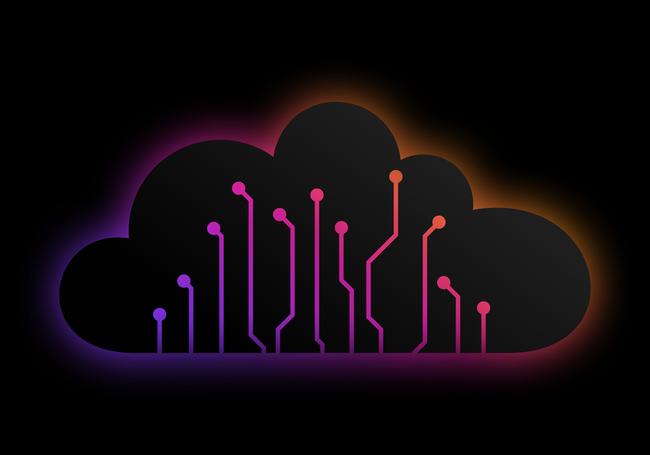The case for reproducible data science
Sundeep Teki2022-07-12 | 8 min read

Reproducibility is a cornerstone of the scientific method and ensures that tests and experiments can be reproduced by different teams using the same method. In the context of data science, reproducibility means that everything needed to recreate the model and its results such as data, tools, libraries, frameworks, programming languages and operating systems, have been captured, so with little effort the identical results are produced regardless of how much time has passed since the original project.
Reproducibility is critical for many aspects of data science including regulatory compliance, auditing, and validation. It also helps data science teams be more productive, collaborate better with nontechnical stakeholders, and promote transparency and trust in machine learning products and services.
In this article, you’ll learn about the benefits of reproducible data science and how to ingrain reproducibility in every data science project. You’ll also learn how to cultivate an organizational culture that promotes greater reproducibility, accountability, and scalability.
What Does It Mean to Be Reproducible?
Machine learning systems are complex, incorporating code, data sets, models, hyperparameters, pipelines, third-party packages, model training and development configurations across machines, operating systems, and environments. To put it simply, reproducing a data science experiment is difficult if not impossible if you can’t recreate the exact same conditions used to build the model. To do that, all artifacts have to be captured and versioned in an accessible repository. That way when a model needs to be reproduced, the exact environment, using the exact training data and code, within the exact package combination can be recreated easily. Too often it's an archeological expedition that can take weeks or months (or potentially never) when the artifacts are not captured at the time of creation.
While the focus on reproducibility is a phenomenon in data science, it has been a cornerstone of scientific research across all kinds of industries, including clinical and life sciences, healthcare, and finance. If your company is unable to produce consistent experimental results, that can significantly impact your productivity, waste valuable resources, and impair decision-making.
Situations Where Reproducibility Matters
In data science, reproducibility is especially vital for data scientists to apply the experimental findings to their own work.
Regulatory Compliance
In highly regulated industries like insurance, finance and life sciences, all aspects of a model have to be documented and captured to provide full transparency, justification and validation on how models are developed and used inside an organization. This includes the type of algorithm being used, why the algorithm has been selected and how the model has been implemented within the business. A big part of complying involves being able to exactly reproduce the results of a model at any time. Without a system for capturing the artifacts, code, data, environment, packages and tools used to build a model this can be a time consuming, difficult task.
Model Validation
In all industries models should be validated prior to deployment to ensure the results are repeatable, understood and the model will achieve its intended purpose. Too often this is a time intensive process with validation teams having to piece together the environment, tools, data and other artifacts that were used to create the model, which slows down moving a model into production. When an organization is able to reproduce a model instantly, validators can focus on their core function of ensuring the model is robust and accurate.
Collaboration
Data science innovation happens when teams are able to collaborate and compound knowledge. It doesn’t happen when they have to spend time painstakingly recreating a prior experiment or accidentally duplicate work. When all work is easily reproducible, and easily searched, it's easy to build on prior work to innovate. It also means that as team staffing changes, institutional knowledge doesn’t disappear.
Ingraining Reproducibility into Every Data Science Project
Instilling a culture of reproducibility in data science across an organization requires a long-term strategy, technology investment, and buy-in from data and engineering leadership. In this section, you’ll learn about a few established best practices for conducting and promoting reproducible data science work in your industry.
Version Control
Version control refers to the process of tracking and managing changes to artifacts, like code, data, labels, models, hyperparameters, experiments, dependencies, documentation, as well as environments for training and inference.
The building blocks of version control for data science are more complex than software projects, making reproducibility that much more difficult and challenging. For code, there are multiple platforms, like GitHub, GitLab, and Bitbucket, that can be used to store, update, and track code, like Python scripts, Jupyter Notebooks, and configuration files, in common repositories.
However that isn’t sufficient. Datasets need to be captured and versioned as well. So do the environments, tools and packages. This is because code may or may not run the same on a different version of Python or R, for example. Data may have changed even if pulled with the same parameters. Similarly capturing different versions of models and corresponding hyperparameters for each experiment is important to reproduce and replicate the results of a winning model that might be deployed to production.
Reproducing end-to-end data science experiments is a complex, technical challenge that can be achieved much more efficiently using platforms like Domino’s Enterprise MLOps platform which eliminates all manual work and ensures reproducibility at scale.
Scalable Systems
Building accurate and reproducible data science models requires robust and scalable infrastructure for data storage and warehousing, data pipelines, feature stores, model stores, deployment pipelines, and experiment tracking. For machine learning models that serve predictions in real time, the importance of reproducibility is even higher in order to quickly resolve bugs and performance issues.
End-to-end machine learning pipelines involve multiple components, and an organizational strategy for reproducible data science work must carefully plan for the tooling and infrastructure to enable it. Engineering reproducible workflows requires sophisticated tooling to encompass code, data, models, dependencies, experiments, pipelines, and runtime environments.
For many organizations, it makes sense to buy (vs. build) such scalable workflows focused on reproducible data science.
Conclusion
Reproducible research is a cornerstone of scientific research. Reproducibility is especially significant for cross-functional disciplines like data science that involve multiple artifacts, like code, data, models, and hyperparameters, as well as a diverse set of practitioners and stakeholders. Reproducing complex experiments and results is, therefore, essential for teams and organizations when making important decisions like which models to deploy, identifying root causes when the models break down, and building trust in data science work.
Reproducing data science results requires a complex set of processes and infrastructure that is not easy or necessary for many teams and companies to build in-house.
Sundeep Teki has worked in AI and neuroscience in the US, UK, India, and France. He has published over 40 papers and built and deployed AI for consumer tech products like Amazon Alexa. He advises and consults tech startups on AI/ML, product, and strategy, and he coaches data and AI professionals and executives.



